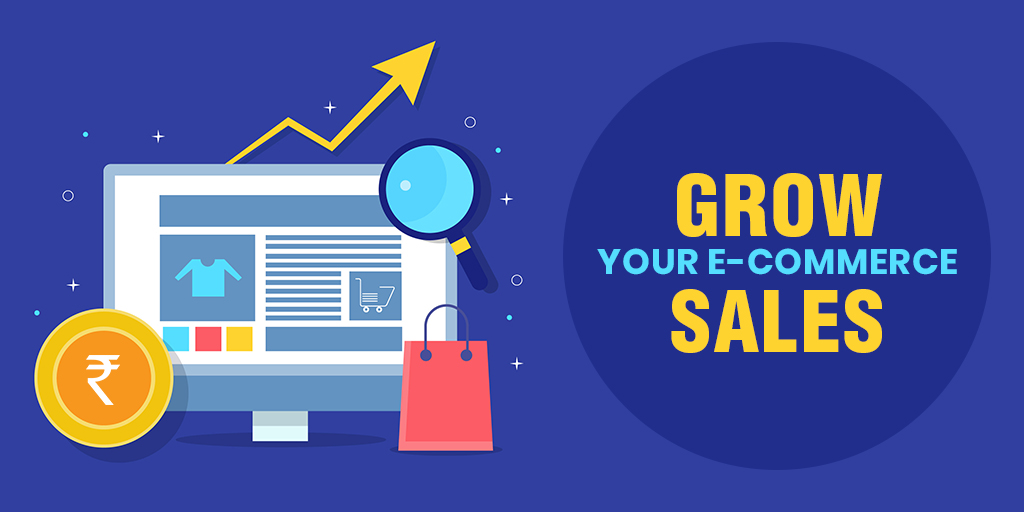Your e-commerce website is the foundation of your online business. A poorly designed site can drive customers away, while an optimized one can significantly increase conversions. Here are the key features your online store needs to boost sales and improve user experience.
1. Mobile-Responsive Design
More than 60% of online shoppers use mobile devices. If your e-commerce site isn’t mobile-friendly, you’re losing potential customers.
- Use a responsive design that adapts to different screen sizes.
- Ensure buttons, images, and text are easy to interact with on mobile.
- Improve mobile loading speed with optimized images and code.
2. Fast Loading Speed
Website speed is critical for e-commerce success. A slow site increases bounce rates and reduces conversions.
- Use fast hosting and a Content Delivery Network (CDN).
- Compress images and enable lazy loading.
- Minimize CSS, JavaScript, and unnecessary scripts.
3. Easy Navigation and Search
Shoppers should find products easily. A complicated layout can frustrate users and lead to lost sales.
- Use a simple, well-organized menu with clear categories.
- Implement a powerful search function with filters.
- Use breadcrumbs to help customers navigate product pages.
4. High-Quality Product Images & Videos
Customers can’t touch or try products online, so high-resolution images and videos are essential.
- Use multiple images from different angles.
- Offer zoom-in and 360-degree views.
- Include product videos to showcase features.
5. Persuasive Product Descriptions
Great product descriptions can drive more sales. Avoid generic text and highlight benefits.
- Use clear and engaging language.
- Highlight key features and benefits.
- Use bullet points for easy reading.
6. Seamless Checkout Process
A complicated checkout process leads to cart abandonment. Keep it simple and user-friendly.
- Offer a guest checkout option.
- Reduce the number of steps to complete a purchase.
- Use auto-fill for customer details and payment options.
7. Multiple Payment Options
Offering various payment methods increases convenience and trust.
- Accept credit/debit cards, PayPal, and digital wallets.
- Include buy-now-pay-later options like Afterpay.
- Ensure transactions are secure with SSL encryption.
8. Trust Signals & Security
Customers need to trust your website before they make a purchase.
- Display security badges (SSL, PCI compliance).
- Showcase customer reviews and testimonials.
- Use a clear return and refund policy.
9. Personalized Shopping Experience
Personalization can increase engagement and sales.
- Recommend products based on browsing history.
- Offer personalized discounts and promotions.
- Use AI-powered chatbots for customer support.
10. SEO Optimization for Better Visibility
A well-optimized website ranks higher in search engines, bringing in more organic traffic.
- Use SEO-friendly product titles and descriptions.
- Optimize URLs, meta tags, and alt text.
- Improve internal linking and use schema markup.
Final Thoughts: Build a High-Converting E-Commerce Website
By implementing these e-commerce web design best practices, you can create a site that boosts sales, enhances user experience, and increases customer retention. Focus on speed, navigation, trust, and personalization to stay ahead of the competition.
Need a professional e-commerce website? Multidice specializes in custom e-commerce development, UX optimization, and digital marketing. Get in touch today!


